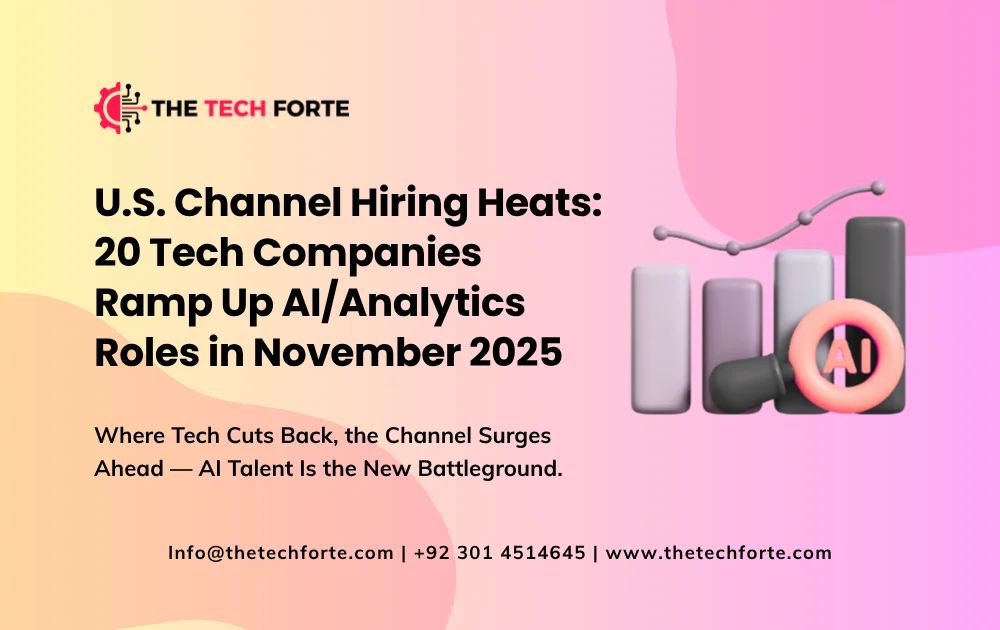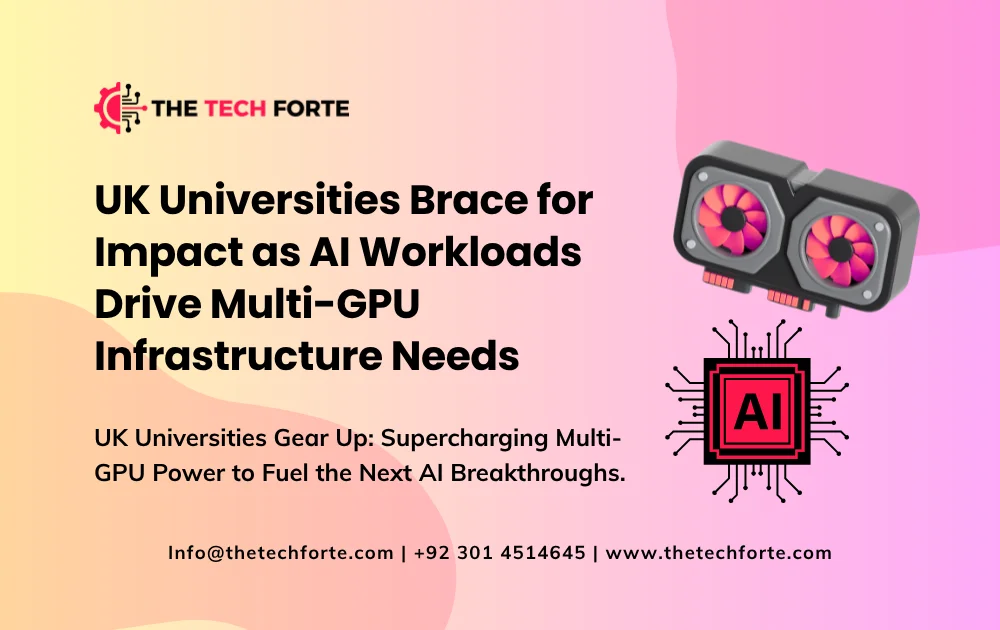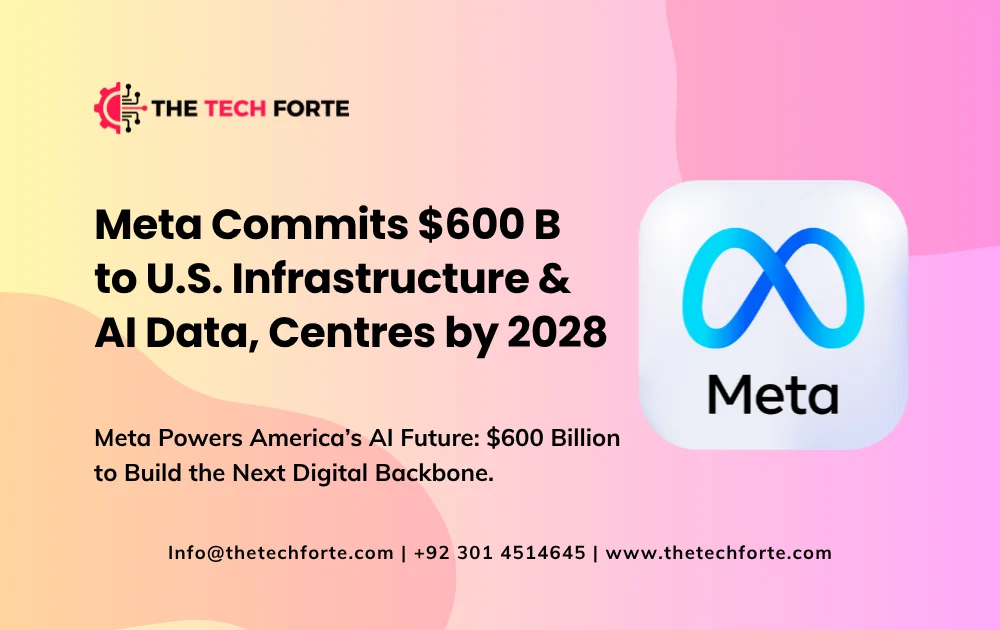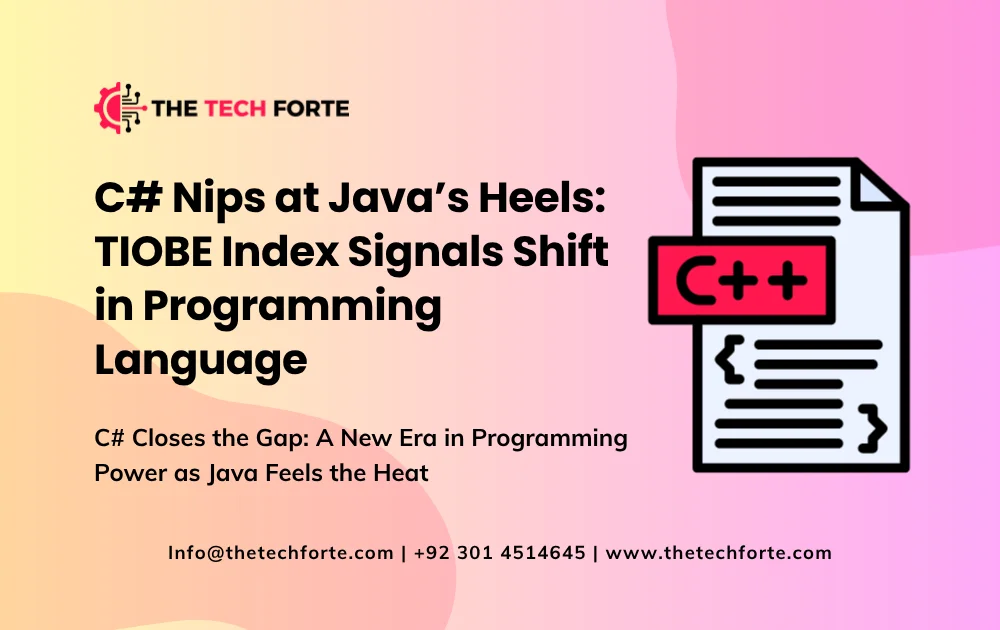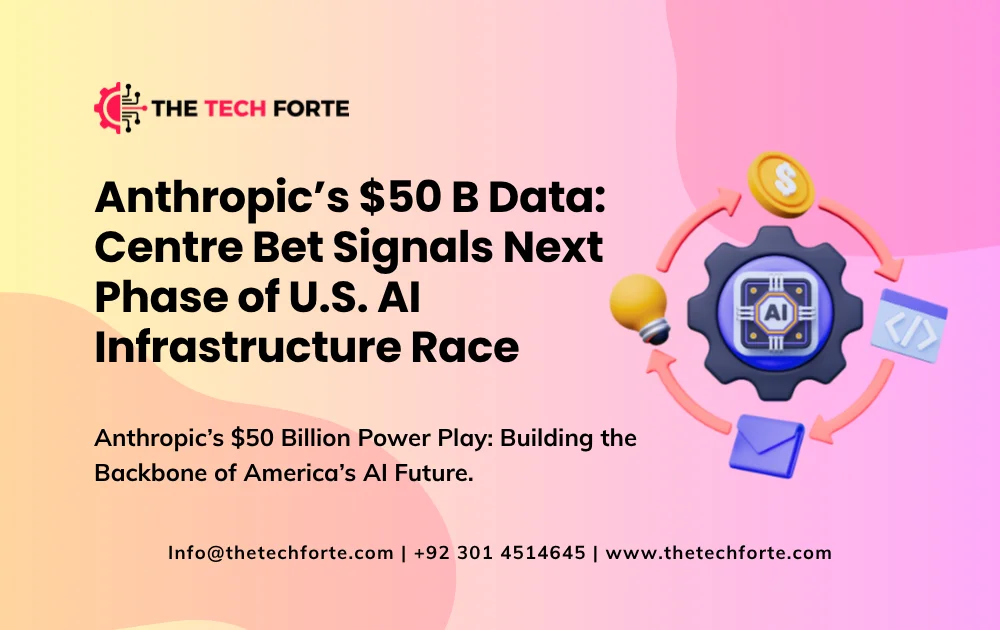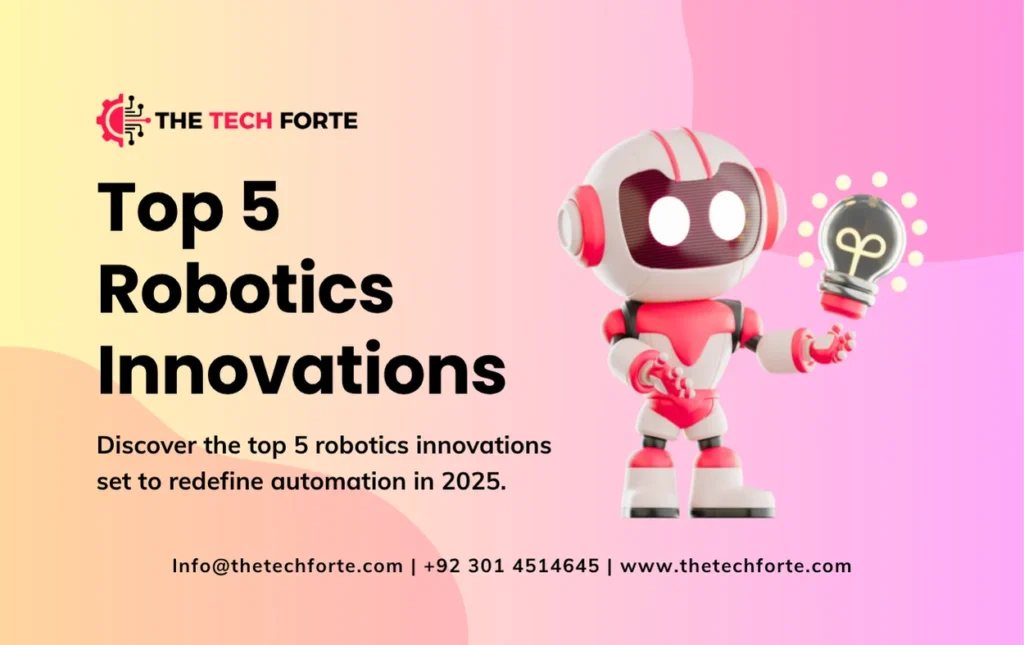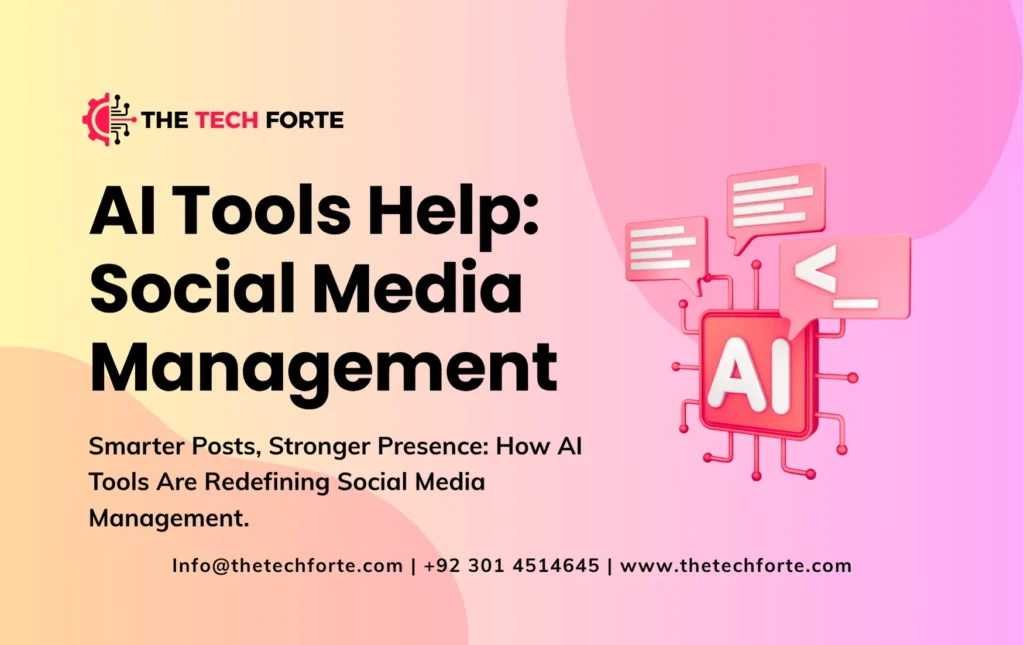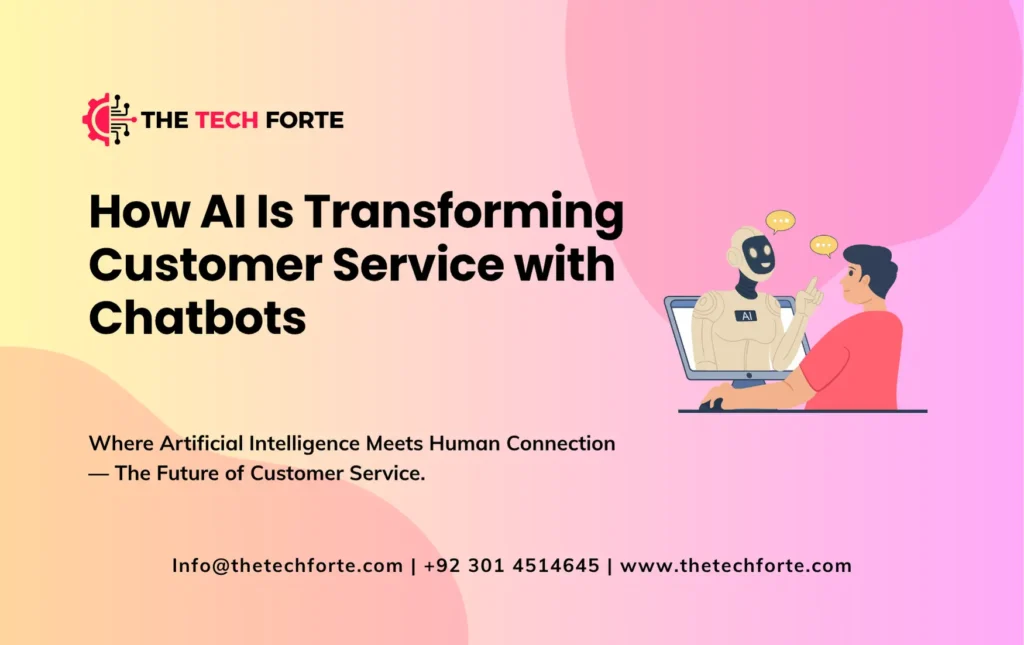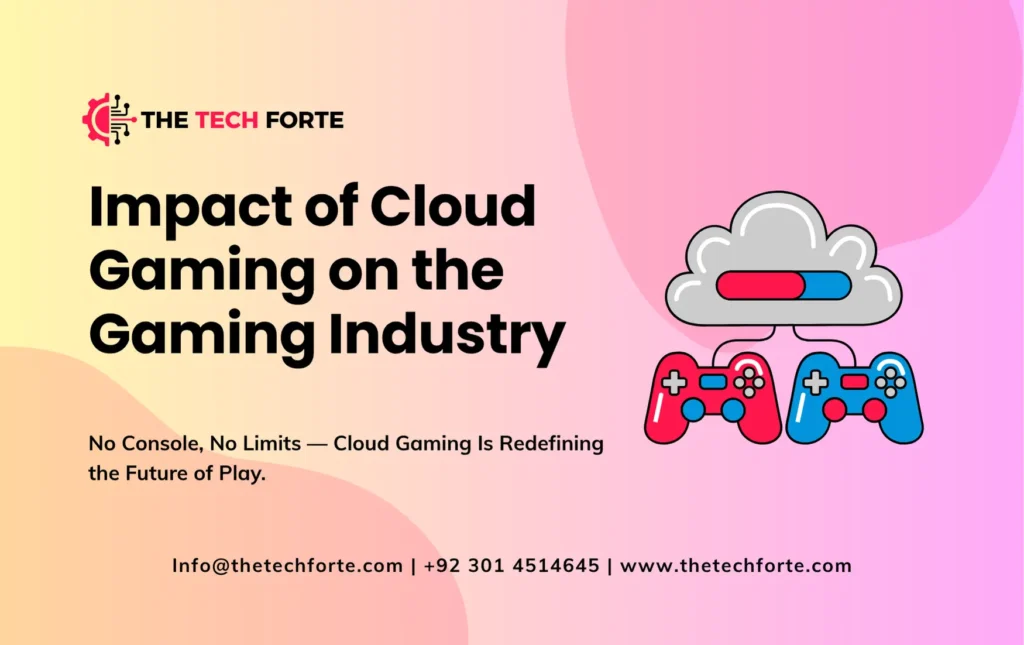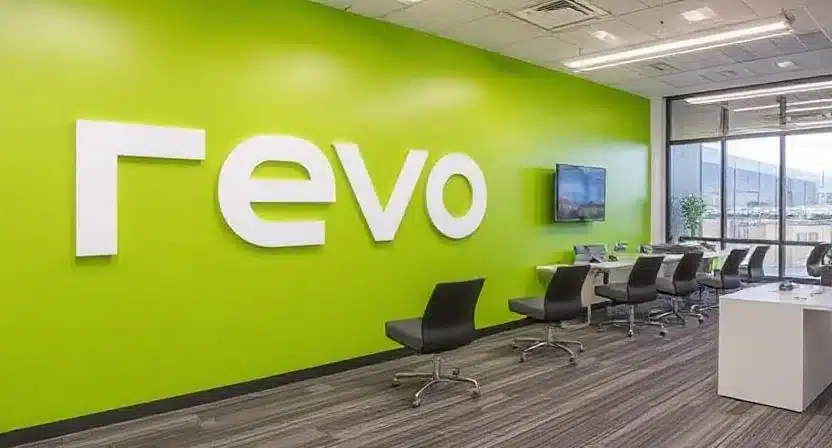Anthropic’s $50 B Data-Centre Bet Signals Next Phase of U.S. AI Infrastructure Race

On 12 November 2025, Anthropic announced a major infrastructure investment: a US$50 billion commitment to build custom data centres in the United States, beginning in Texas and New York, in partnership with infrastructure specialist Fluidstack.
This move not only signals the company’s ambition to scale its AI operations dramatically, but also underscores a broader shift in the artificial-intelligence ecosystem: from cloud-borrowing to owning infrastructure, and from software-led scale to hardware and power infrastructures becoming competitive battlegrounds.
Below, we unpack what the announcement includes, why it matters, how it fits into the broader U.S. AI infrastructure race (and globally), what the risks and opportunities are, and how other companies and nations may respond.
What’s in the Announcement: Scope, Locations, Jobs, Timeline
Scope
- Anthropic’s announcement states it will invest US$50 billion in American computing infrastructure, dedicated to custom-built data centres and supporting facilities.
- It emphasises that these are “custom-built for Anthropic with a focus on maximising efficiency for our workloads”.
- The move marks a shift from relying solely on cloud-provider infrastructure to owning and operating its own large-scale data centres.
Locations & Partner
- Initial sites are in Texas and New York.
- The partner named is Fluidstack, a company with infrastructure agility in high-density compute capacity.
- While exact site addresses, power sources and other logistics are not publicly disclosed yet.
Jobs & Timeline
- The programme is expected to create approximately 800 permanent jobs plus 2,400 construction jobs.
- The facilities are expected to come online throughout 2026.
Strategic Context
- Anthropic ties the investment to broader U.S. policy: “help advance the goals in the AI Action Plan to maintain American AI leadership”.
- The company emphasises meeting demand for its AI system (its Claude model family) from “hundreds of thousands of businesses” and wants to “keep our research at the frontier”.
In short, the announcement is bold, large-scale and symbolic: while many infrastructure plays exist, few startups or even AI firms have committed in the tens of billions to on-premise style data centre infrastructure.
Why It Matters: Strategic Implications
1. Infrastructure Becomes a Competitive Lever
Until recently, many AI companies leased infrastructure (GPUs, cloud VMs) from major cloud providers. By investing $50 billion in its own infrastructure, Anthropic is signalling that for the next wave of AI (larger models, more compute, lower latency, custom hardware) owning or deeply controlling infrastructure is a competitive advantage.
This echoes comments in the tech media that the “era of cloud storefront” is shifting toward “AI factories” and data-centre networks.
2. Sovereignty, Power & National Strategy
Because the sites are in the U.S., this ties into national goals: the U.S. government (under the AI Action Plan) emphasises domestic supply chains, compute sovereignty and critical infrastructure. Anthropic’s announcement explicitly links to U.S. competitiveness.
Thus, this is not just a business decision it’s also geopolitical: infrastructure spend is becoming part of national industrial strategy around AI.
3. Scale, Cost & Energy Take-off
Large-scale AI workloads require massive power, high-density infrastructure, custom cooling, and careful optimisation. The Bloomberg coverage notes that one gigawatt of AI-data-centre capacity could cost tens of billions.
By investing at this scale now, Anthropic is preparing for the next generation of compute demand far beyond today’s cloud-VM margins.
4. Pressure on Competitors & Ecosystem
This kind of infrastructure investment raises the bar for competitors. If Anthropic builds its own “AI factories”, other companies (startups, cloud providers, chip vendors) will need to respond either through partnerships, deeper infrastructure deals or their own build-outs.
In addition, cloud providers (Amazon, Google Cloud, Microsoft Azure) may face changes in their relationships with AI companies: instead of being purely providers, AI firms may internalise more of the stack.
How It Fits Into the Broader Ecosystem
Investment Momentum in AI Infrastructure
This announcement comes at a time when AI infrastructure investment is accelerating globally. For example, larger industry partnerships such as the “Stargate” initiative (with OpenAI, Oracle Corporation, and SoftBank Group Corp.) planned up to US$500 billion in U.S. AI infrastructure.
Thus, Anthropic’s $50 billion is significant but still part of a larger build-out trend. It signals that the infrastructure arms race in AI is now fully underway.
Cloud Providers, AI Firms & Chips
Anthropic’s announcement interacts with multiple layers:
- At the hardware layer: high-end GPUs / TPUs, custom cooling, high-density compute racks.
- At the cloud-provider layer: traditionally, AI firms lease from Amazon AWS, Google Cloud, Microsoft Azure. By building its own data centres, Anthropic shifts some of that model.
- At the software/model layer: larger models and more enterprise adoption require robust infrastructure capable of training, inference, upkeep and monitoring.
Regional & Local Impacts
The choice of Texas and New York is strategic. Texas already hosts large energy-intensive data-centre campuses, and New York gives proximity to major enterprise customers and regulators. This means that economic development (jobs, power demand), local planning and infrastructure will be impacted.
Moreover, 800 permanent jobs + 2,400 construction jobs signal a regional economic impact beyond just technical.
Energy & Sustainability Considerations
At scale, data centres consume vast amounts of power. The announcement acknowledges the need for efficiency but does not yet detail power source/carbon footprint/cooling strategy. Analysts will watch this closely because energy costs and regulatory pressure (e.g., states limiting data centre expansions) may become bottlenecks.
Potential Risks & Challenges
Financing & Return-on-Investment
A $50 billion commitment is enormous. Unlike cloud leasing, which allows variable cost scaling, owning infrastructure means higher fixed costs and long amortisation timelines. If model revenue or compute demand slows, the clocks and cost burdens will weigh heavily.
Tech commentary has already flagged concerns about an AI investment bubble.
Infrastructure Complexity
Building custom data centres involves site selection, power grid stability, cooling, high-density compute design, networking, redundancy, security, and hiring operations teams. At the scale Anthropic is targeting, operational risks are material and can cause delays or cost overruns.
Energy & Environmental Pressure
Given rising scrutiny on data-centre energy use (and local opposition to large energy draws, water usage for cooling, etc.), the build may face regulatory, environmental and community resistance. In certain U.S. states, data-centre expansion is under regulatory review.
Supply Chain & Hardware Bottlenecks
High-end AI compute hardware (GPUs, TPUs, interconnects) is in strong demand globally. Delays or cost inflation in hardware supply chains could impact Anthropic’s build timelines or cost metrics.
Competitive Responses
Other firms,e.g. OpenAI, Microsoft, Google DeepMind, may respond with similar or larger commitments, which could drive an arms race. If compute capacity outpaces revenue generation, there could be overcapacity risk.
Geographic & Location Risks
Power costs, regulatory environment, tax incentives, and local labour markets all vary significantly across U.S. states. Choosing Texas and New York may make sense now, but the long-term sustainability (in terms of cost, scalability, and expansion) will matter.
What to Monitor: Key Indicators & Milestones
When assessing whether this infrastructure leap will succeed (or cause systemic disruption), the following indicators will be important:
- Site disclosures: specific addresses, power draw (megawatts), cooling systems, energy sources (renewables vs fossil).
- Timeline adherence: whether data-centres come online throughout 2026 as promised or suffer delays.
- Revenue growth/enterprise adoption: if Anthropic’s AI model business (e.g., Claude) scales sufficiently to justify the infrastructure investment.
- Capital-efficiency metrics: cost per unit of compute, utilisation rates, capacity vs demand. Anthropic said it will “prioritise cost-effective, capital-efficient approaches”.
- Energy & sustainability metrics: PUE (power usage effectiveness), carbon footprint, local impact.
- Competitive moves: responses from other AI firms, partnerships with hardware/chip vendors, strategic alliances around infrastructure.
- Policy and regulatory moves: how U.S. federal/state governments respond, power grid planning, tax incentives, zoning, and data-centre regulation.
- Global implications: whether the U.S. build-out draws global compute/AI talent, or whether other regions accelerate to compete.
Implications for the AI Industry & the Global Landscape
U.S. Competitive Position Strengthened
If Anthropic’s build-out is successful, it reinforces the U.S. as a home for frontier AI development and infrastructure. Domestic companies will be less reliant on foreign computer supply, and U.S. policymakers can point to tangible commitments. This matters amid U.S.–China tech competition.
Platform Shifts in AI
Infrastructure will increasingly become a differentiator. Firms owning custom compute/hardware may gain operating cost advantages, latency advantages, and data-governance advantages. This could shift industry structure toward fewer large “AI hardware-plus-software” platforms rather than many small services.
Incentives for Rise of “AI Factories”
Large-scale, purpose-built data centres optimised for AI (high-density racks, liquid cooling, custom interconnect, large power draws) may become the norm. This raises the barrier to entry for smaller players and may accelerate consolidation in the AI infrastructure space.
Regional Economic & Industrial Effects
Regions that host data-centres will see job growth, local infrastructure pressure (power, cooling, connectivity) and industrial spin-offs (chip fabs, cooling tech, power grids). States and local governments will compete for these investments, and policy frameworks will matter (tax breaks, renewable power commitments, workforce pipelines).
Environmental & Energy Considerations Grow
As AI computing scales, so does environmental impact. Power grids, cooling water usage, waste heat, and carbon emissions become salient issues. Infrastructure announcements without credible sustainability plans may face opposition or regulatory hurdles.
Global Compute Capacity and Talent Flows
Such major infrastructure commitments may draw global talent to U.S. sites, reinforcing brain-circulation (or migration) dynamics. At the same time, other regions (Europe, Asia, the Middle East) may accelerate their own infrastructure pledges to compete. The global compute map could shift markedly in the next 3-5 years.
What This Means for Anthropic Itself
Strategic Advantages
- Greater control of its infrastructure stack means potentially lower long-term costs, customised hardware/optimisation and better data-governance for enterprise customers.
- It positions Anthropic as a serious infrastructure player, not just an AI-model company, potentially giving it tighter integration with hardware, cooling, power, and networking.
- Job creation and domestic U.S. commitment can boost its corporate and regulatory positioning, especially when governments ask about tech sovereignty and content moderation.
Challenges Ahead
- Execution risk is high, $50 billion is a massive commitment for a private company, albeit one valued at around $183 billion as of its latest funding round.
- If Claude’s growth (enterprise adoption, model revenue) doesn’t scale as expected, the burden of infrastructure may slow the company.
- The cost of energy, cooling, hardware and maintenance could be higher than projected. In a macro-slowdown, compute may become a cost centre rather than a revenue engine.
- As data-centre competition increases, margins may compress, and the return on infrastructure may be challenged.
What This Signals for Competitors & Industry Players
Cloud Providers (AWS, Google Cloud, Microsoft Azure)
These firms may face shifting dynamics: AI firms building their own infrastructure may reduce reliance on their cloud services (for some workloads). Cloud providers might respond in several ways:
- Partner more deeply with AI firms, offering hybrid solutions (on-prem plus cloud) or co-builds.
- Double down on specialised AI-infrastructure offerings, offering low-latency, high-density racks to compete with own-build.
- Raise barriers for infrastructure build-outs (e.g., via specialised service layers, hardware-software integration) to retain lock-in.
Chip/Hardware Vendors (NVIDIA, AMD, Google TPU, custom accelerators)
The build-out increases demand for high-density accelerators, interconnects, liquid cooling, and power-management systems. Providers will see increased demand but also increasing pressure to deliver scalable, efficient hardware.
Anthropic’s move emphasises that chip vendors become part of the infrastructure chain, not just component suppliers.
Regional Governments / Policymakers
State and local governments will compete to host these large-scale builds. Policy frameworks will matter: incentives, power grid readiness, cooling/water provisions, environmental regulation, and workforce training.
Policymakers outside the U.S. will watch and respond: if the U.S. builds dominance in AI infrastructure, other countries may accelerate their own investment programmes.
Startups & Mid-Tier AI Firms
For smaller AI companies, infrastructure scale-up becomes a strategic decision point: lease cloud, partner with a hyperscale data-centre, or wait until own-build is viable. The barrier to building your own large-scale facilities is higher than ever, meaning partnerships, specialised niches or vertical focus may be their pragmatic path forward.
Conclusions: A Defining Moment in the AI Infrastructure Epoch
Anthropic’s $50 billion U.S. infrastructure investment is a watershed moment. It marks the maturation of AI companies needing physical scale and resources, not just model innovation. The “next phase” of the AI race is increasingly about where compute lives, how it is built, and who controls it.
While many previous announcements in AI focused on models, datasets, and algorithms, this build-out focuses on bricks, power, land, cooling, jobs and sovereignty. Those elements have always been part of the tech stack; the shift is now that they are front and centre.
Whether this investment succeeds in terms of execution, return on capital, sustainability, and competitive advantage will shape the structure of the AI industry for the next decade. If Anthropic can make this work, it will significantly increase its competitive moat. If it stumbles, the risks will be highly visible.
For the broader U.S. AI ecosystem, the message is clear: infrastructure is now a battlefield. Location, power, and scale matter. Compute is not infinite; capacity may become constrained. As such, the next phase of AI is less about “who builds the best model” and more about “who builds the best infrastructure to support the best models”.
Given the economic, strategic, environmental and technological this investment is as much national infrastructure as it is corporate strategy. The race is on.


